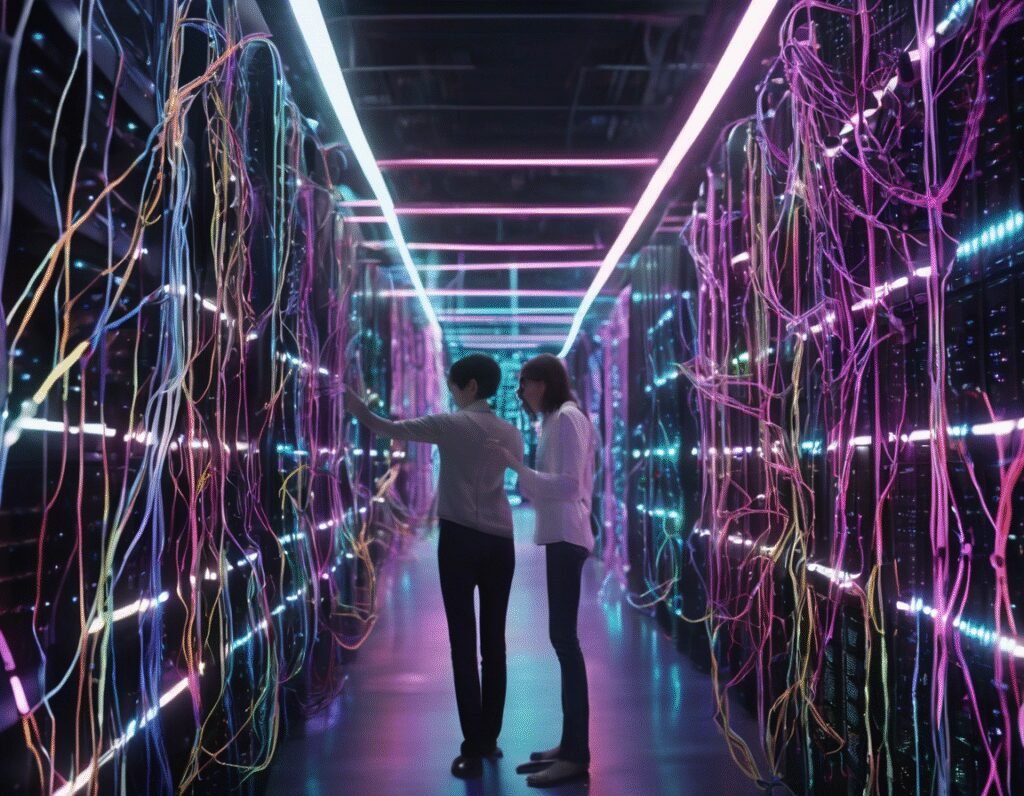The Rise of AI and the Silent Struggle of Communication
As artificial intelligence continues to evolve at a rapid pace, the focus often lands on the raw power of new models—bigger, faster, and more capable than ever. But beneath the surface, a far more pressing issue remains unresolved: communication. Despite their intelligence, AI systems still struggle to talk to each other effectively. This digital language barrier is the real bottleneck holding back the next leap in AI innovation.
Imagine a world where every AI speaks a different dialect. A trading bot can’t seamlessly interact with a risk assessment model. A healthcare AI can’t easily share insights with a diagnostic tool. The lack of a common language creates inefficiencies, redundancies, and missed opportunities. The problem isn’t just technical—it’s foundational. Without interoperability, even the most advanced AI remains siloed, limited by its inability to collaborate.
The Turing Test, once the gold standard for measuring machine intelligence, feels outdated in this context. Passing as human is no longer the ultimate goal. The real test is whether AI can communicate fluidly—not just with humans, but with other AI. This is where the next breakthrough must happen.
Blockchain offers a potential solution. Decentralized networks thrive on standardized protocols that allow different systems to interact trustlessly. If AI adopts similar principles—developing universal communication frameworks—the possibilities expand exponentially. Smart contracts could mediate AI interactions, ensuring transparency and accountability. Tokenized incentives could encourage systems to share data and collaborate.
The challenge isn’t just about building better models. It’s about building better bridges. The future of AI depends on breaking down these walls, creating a seamless ecosystem where intelligence flows as freely as data. Until then, we’re left with a fractured landscape of powerful but isolated systems, waiting for the language that will finally connect them.


